One of the greatest pleasures for any gardener is planting something once and watching it return season after season. Perennial plants are dependable, easy to maintain, and often grow bigger and better as years pass. These garden heroes save time, money, and effort while adding consistent color, fragrance, and charm to your landscape. Whether you’re crafting a cottage garden or brightening up your borders, these 7 perennial plants promise long-lasting beauty and effortless garden joy!
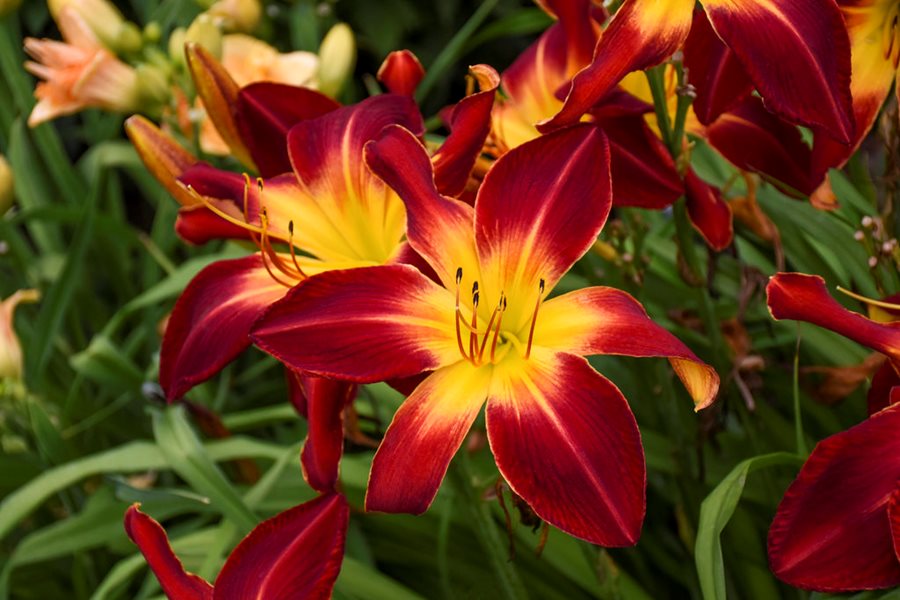
1. Daylilies (Hemerocallis)
Daylilies are beloved for their striking, trumpet-shaped blooms and hardy nature. These perennials return each year with lush green foliage and vibrant flowers in shades of orange, red, yellow, and pink. Though each flower only lasts a day, established plants produce dozens of blooms throughout the summer. Daylilies tolerate various soil types, thrive in full sun, and require minimal care once settled. They’re perfect for borders, mass plantings, or adding a splash of cheerful color to neglected garden spots.
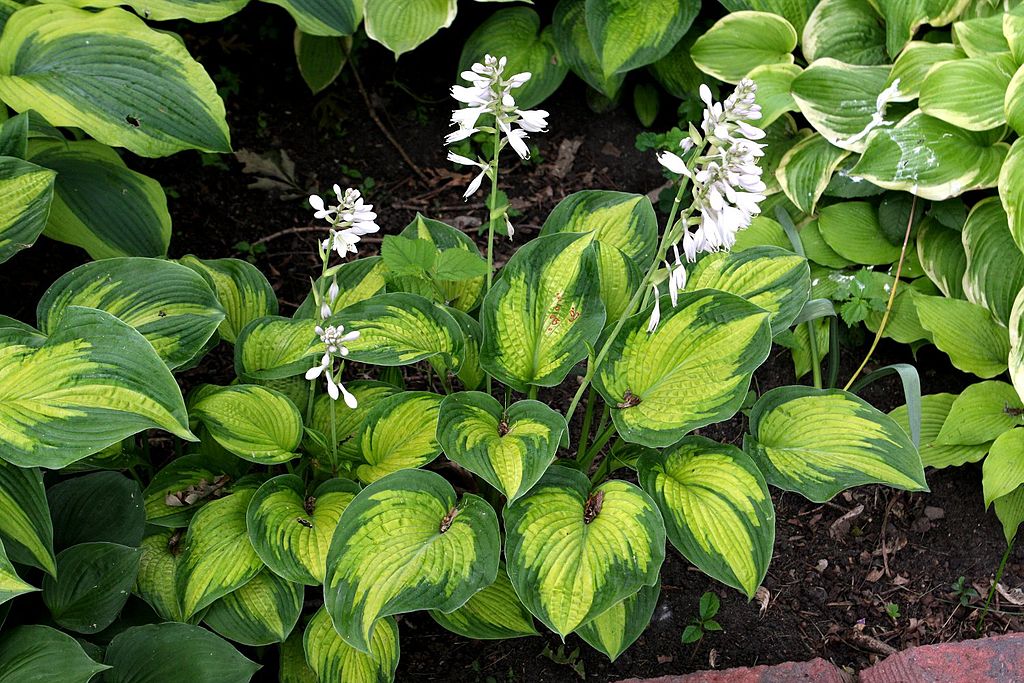
2. Hostas (Hosta spp.)
If you’re seeking lush, textured foliage for shady spots, Hostas are perennial champions. Known for their beautiful, broad leaves in green, blue, and variegated patterns, Hostas effortlessly brighten shady beds and borders. While primarily admired for their foliage, they also produce delicate lavender or white blooms in summer. These low-maintenance plants are hardy, resistant to drought once established, and return each year, often growing larger and fuller over time. They’re ideal companions for ferns, astilbes, and shade-loving flowers.
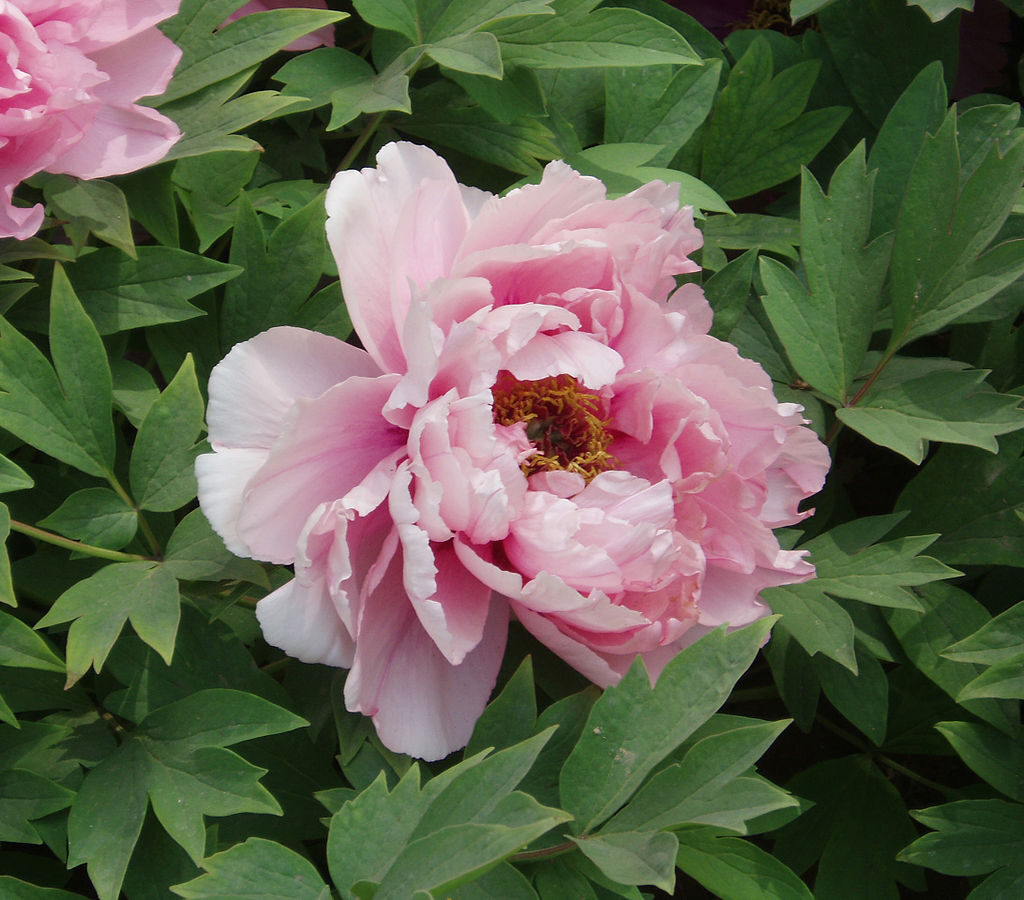
3. Peonies (Paeonia)
Peonies are classic perennials cherished for their lush, fragrant blooms that appear every spring and early summer. Available in hues of pink, white, red, and coral, peonies create a show-stopping display in garden beds and borders. Once planted, peonies thrive for decades with minimal attention. They prefer full sun and well-drained soil, with a bit of mulch in winter. Their strong stems and full, dramatic flowers also make them a favorite for cut flower arrangements.

4. Coneflowers (Echinacea)
Coneflowers are hardy, drought-tolerant perennials known for their daisy-like blooms with prominent cone-shaped centers. Available in shades of purple, pink, orange, and white, coneflowers bloom from early summer into fall. Loved by pollinators like bees and butterflies, they add both beauty and ecological value to the garden. Coneflowers thrive in full sun and well-drained soil, returning year after year while naturally reseeding themselves, expanding your garden’s color palette effortlessly.
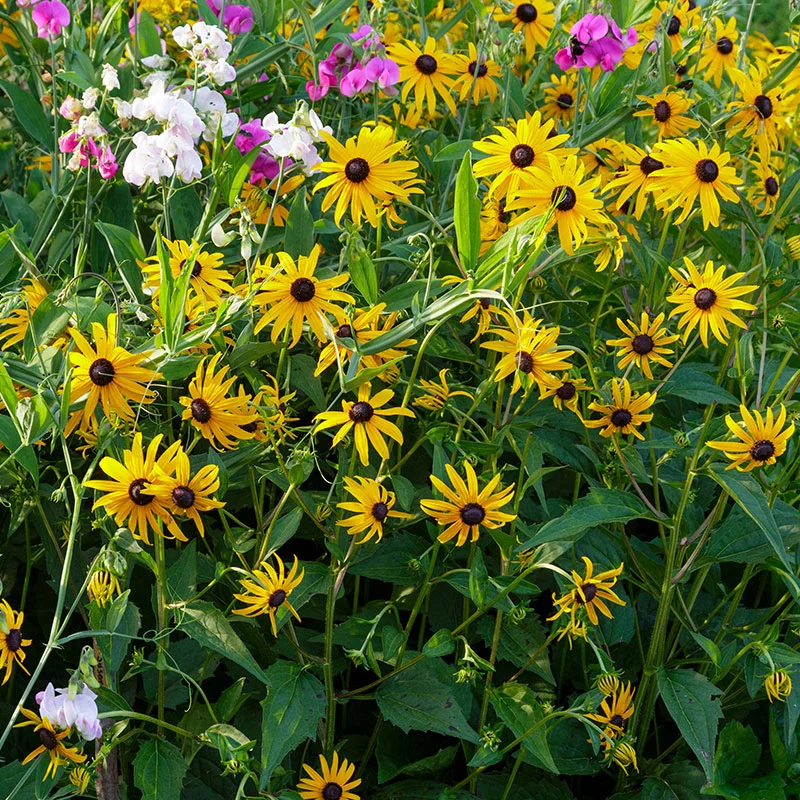
5. Black-Eyed Susans (Rudbeckia hirta)
Cheerful and low-maintenance, Black-Eyed Susans are golden-yellow perennials with dark, central cones that brighten gardens from midsummer to fall. These plants are drought-tolerant and thrive in various soil conditions. They self-seed generously and often spread to fill garden beds with radiant color. Not only do they provide vibrant blooms, but they also attract butterflies and beneficial pollinators. Their sturdy stems and long-lasting flowers make them excellent choices for cut flower displays as well.

6. Sedum (Sedum spp.)
Sedum, commonly known as stonecrop, is a versatile, drought-resistant perennial with fleshy, succulent-like leaves and clusters of star-shaped flowers. Available in both low-growing ground covers and tall, upright forms, Sedum thrives in poor, rocky, or sandy soils. It blooms in late summer and early fall with pink, white, or red flowers that attract bees and butterflies. Sedum requires minimal care and returns reliably each year, even in harsh climates, making it a favorite for low-maintenance and xeriscape gardens.

7. Astilbe (Astilbe spp.)
Astilbes are shade-loving perennials prized for their feathery, plume-like flowers in shades of pink, white, purple, and red. Their fern-like foliage adds texture to woodland gardens, shaded borders, and moist areas near water features. Astilbes bloom in late spring and summer and thrive in rich, moist, well-drained soil. They return stronger each year, forming dense clumps that can be divided for propagation. Their elegant flowers also make beautiful additions to fresh and dried floral arrangements.
Final Thoughts
Adding perennial plants to your garden is one of the smartest and most rewarding choices a gardener can make. From the bold blossoms of Peonies to the cheerful faces of Black-Eyed Susans and the feathery elegance of Astilbe, these 7 dependable perennials will return year after year, bringing consistent beauty, structure, and life to your outdoor spaces.
Would you like a planting and care guide for these perennials too? I’d be happy to create one for you!

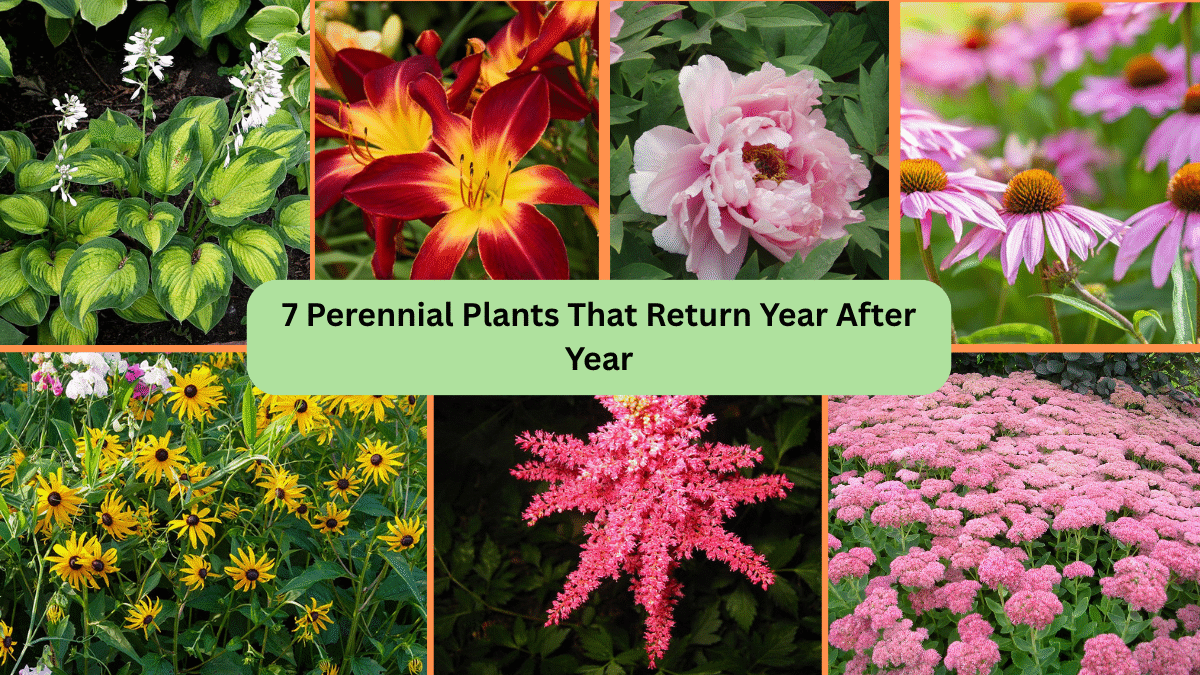



Leave A Comment